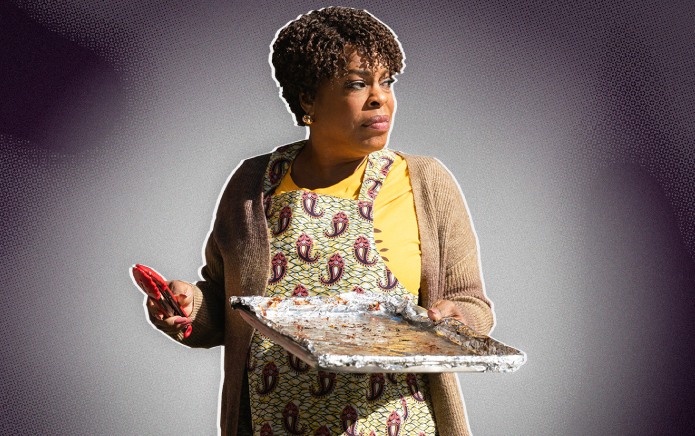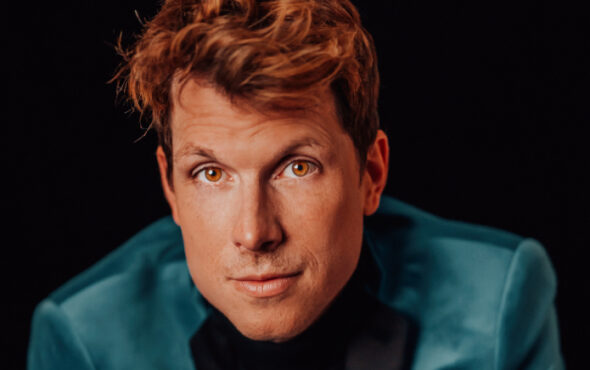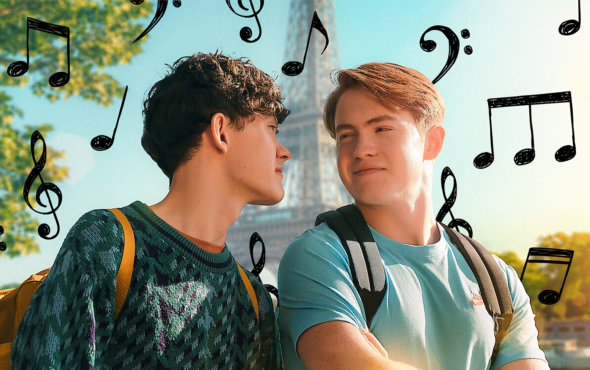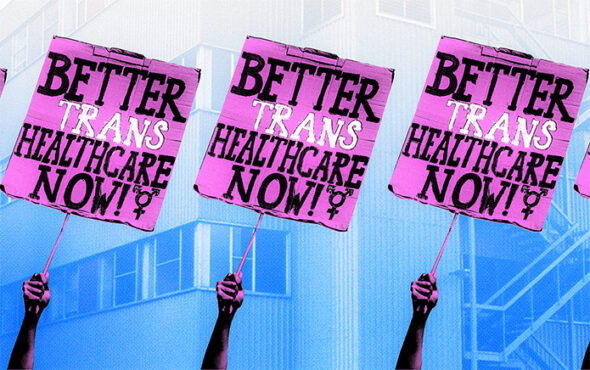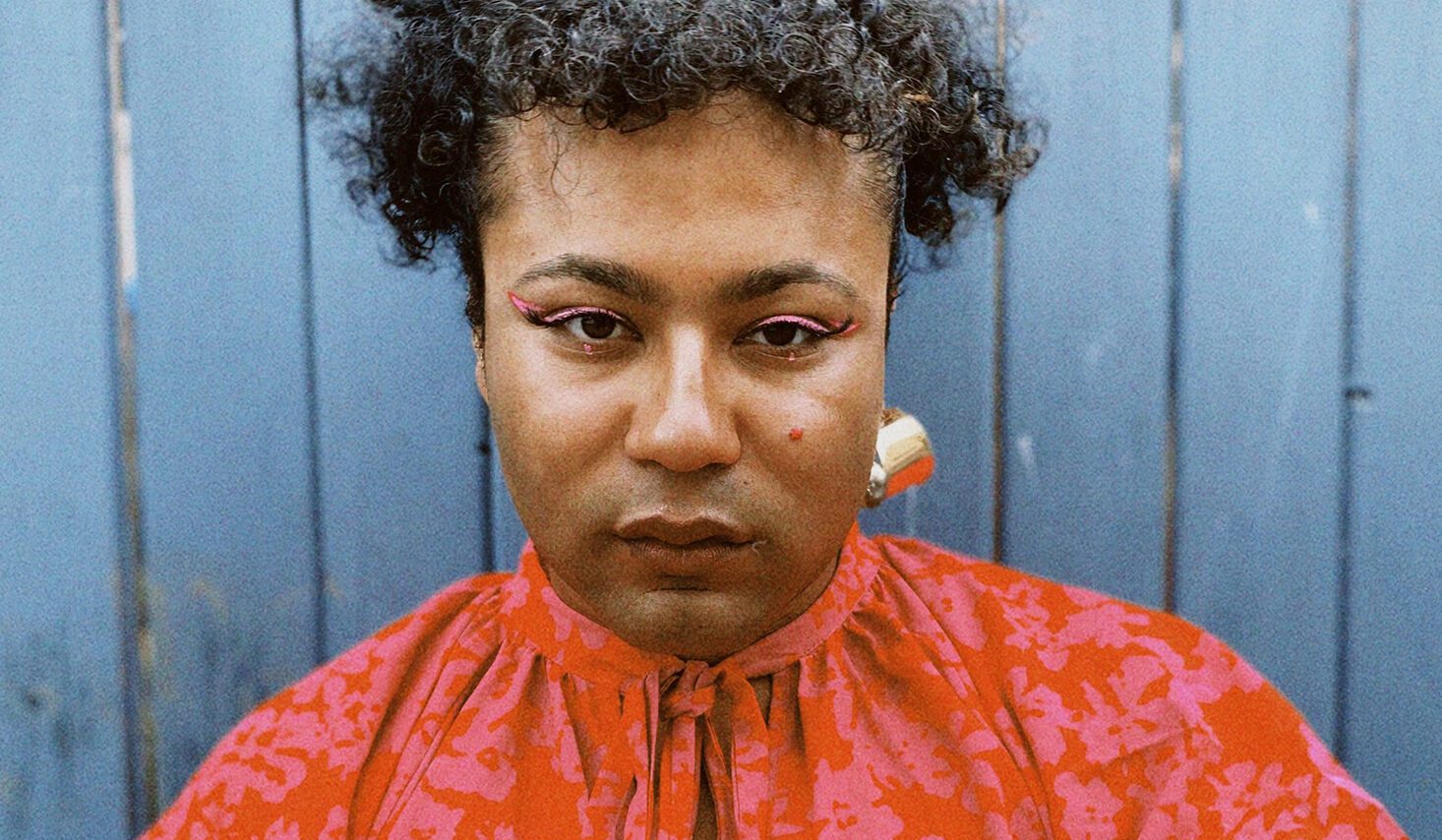
When Travis Alabanza speaks, it is with the calm composure of somebody who is done seeking approval. Despite the crackling connection of the Zoom call we are using, their voice is confident as they discuss their motivations behind their latest book, None of the Above: Reflections on Life Beyond the Binary. Since stepping into the limelight in 2018 after their debut show Burgerz ignited audiences internationally, Travis Alabanza has never shied away from creating art about their experiences in the world as a Black, mixed, non-binary person. Yet Alabanza’s work often flips the well thumbed script that casts oppressed people as lead in the tale of their mistreatment, boldly interrogating the faults of a society that allows such mistreatment to occur. None of the Above does just this; constructed around seven different phrases that have all, at one point, been levelled at Alabanza, the book turns a mirror on society, forcing us all to reflect on the ways we think, act and treat one another.
Delving deeper however, the book resists straightforward categorisation. Alabanza’s lyrical style and theatrical grounding is the book’s lifeblood and with this, the work unfurls out of the non-fiction genre and begins to imagine a future beyond the binary, where gender may be both understood and peripheral. “There’s a push to show queer joy and to ensure we make sure trans work isn’t always filled with pain, and I’m not someone who can always make joy. I feel like sometimes being trans is painful but by imagining different worlds and futures, I can imagine joy as a present thing,” Alabanza says of their vision behind the book. Here, we speak to Travis Alabanza about their world building process and what writing this book has meant to them.
What inspired you to write the book and why now?
I’m inspired by what’s missing in the archives. We’ve seen such a boost in trans literature but often, what’s recorded is those who are white or binary, trans or from wealthy backgrounds or all of the above. And, as someone who is none of the above, I felt it was important to write a book that spoke to those experiences and went beyond ‘trans’ as an umbrella term; delving deeper into what it means specifically for the gender non-conforming people (GNC) in society.
So who is this book for, who did you write it for and why?
The book is dedicated to anyone who is in doubt or questioning and that is who I originally wrote it for, for other GNC people who feel like they are in between two spaces or in a transition that feels liminal. But the book is opening a conversation on how the gender binary affects all of us. Although I definitely wanted to write a book trans people could go to and feel seen, hopefully it builds an argument showing how everyone is affected because the gender binary harms us all.
How did you decide on the seven phrases that you’ve chosen to structure the book around?
Being honest, I thought to myself, ‘How the hell do I structure this book?’ I had so much to say and I knew the topics I wanted to cover but every time I started writing I would think, ‘This is boring’ and ‘This doesn’t feel creative.’ I’m obsessed with language and I wanted to give people a snapshot of my memories but didn’t want to do a typical linear memoir, so I decided using phrases is a good way to bring a reader in and out of specific moments. I picked phrases which feel really specific to me, but also ones I think a lot of LGBTQ+ people have heard. I also wanted to take some familiar phrases and twist them around, I love it as a structure, especially because I don’t always read books from beginning to end. I like to dip in and out so I wanted to give readers the opportunity to jump around the book and follow their interests, it made writing it a lot more fun.
Of the phrases you’ve chosen, is there one that was most impactful? Or one that was most difficult to respond to?
The hardest one was definitely chapter five which is called “Children are sacrificed to appease the trans lobby.” It was taken from a newspaper article that was written about me in 2017 in The Times. It was a big transphobic spread about an incident I faced in a Topshop changing room that year. When it first happened, I avoided talking about it to the press or even speaking about it generally but I decided to write about it in this book. It was really tough and it was really hard to relive that moment but, in the book, I cut up a phrase that was written about me and rearranged it so it kind of turns into an empowering sentiment which was healing for me. The most empowering phrase has to be the last chapter. The title is taken from some words a friend said to me on the phone, “This is for us baby, not for them.” I love ending on that note because it felt like the rest of the book really grapples with cisgender people and straight culture, and the last chapter is about asking what it would mean if we didn’t bother and, instead, we just looked at setting our own agendas as queer people.
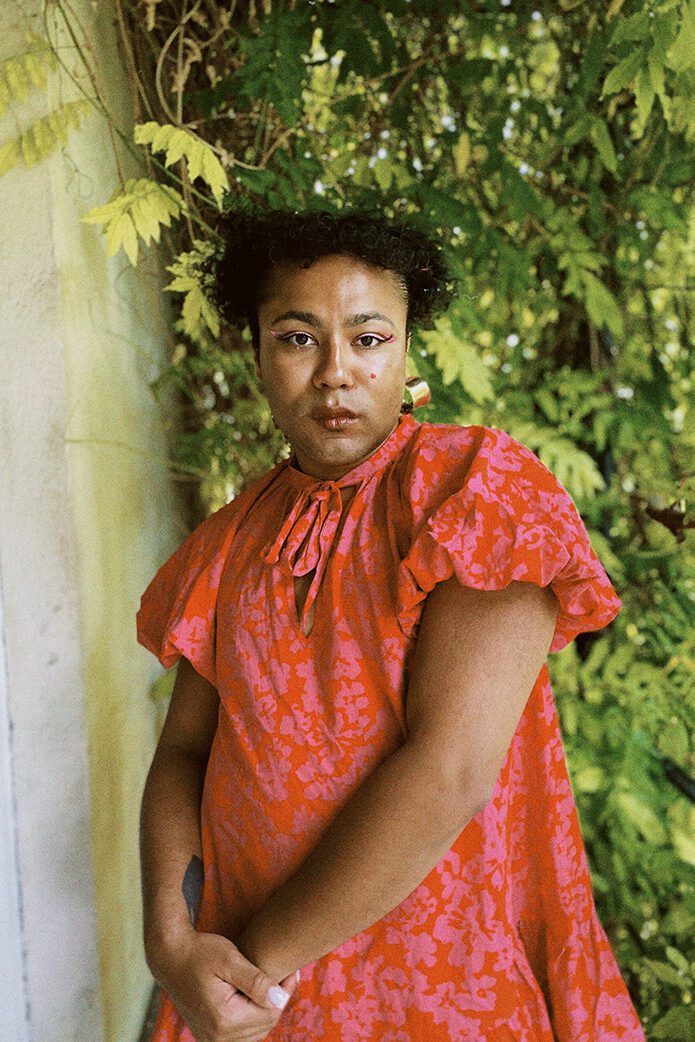
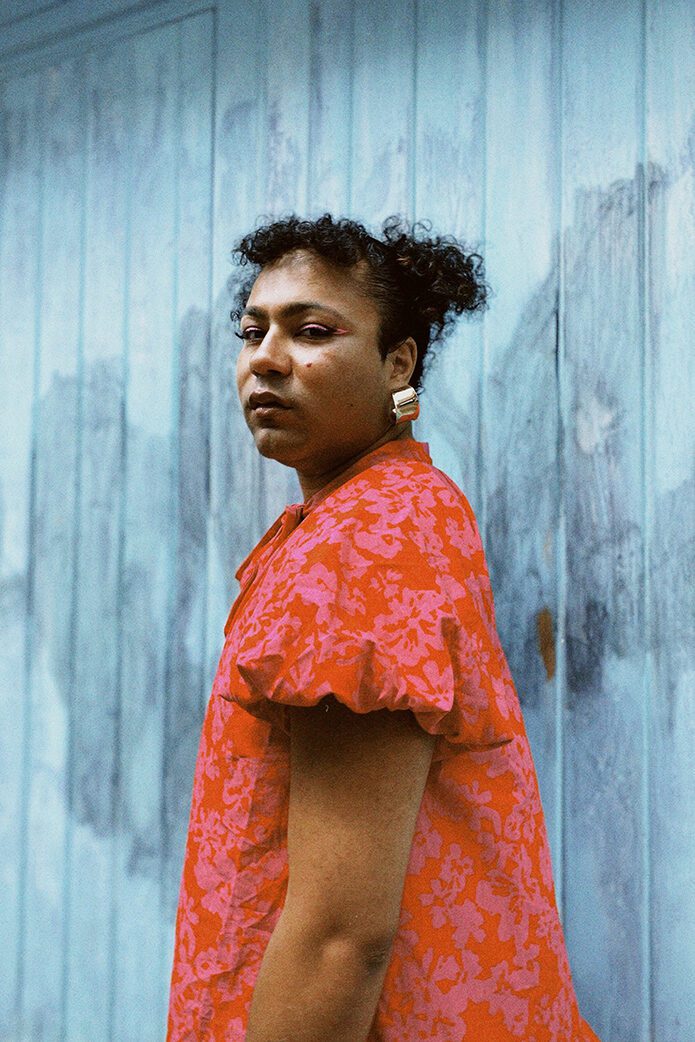
The idea of existing in your queerness without giving justification to others is a powerful one. In light of this, what did you get out of writing this book?
No one’s asked me that yet, I love that question. When people read the book, they’ll see that part of it is explanatory but it also asks a big question about what I want to do with my body. Whether or not I can continue to be visibly GNC or if I have to make a choice to present as more of a man or a woman, whatever that means. In writing and reading the book I remembered that we can do our own thing, we don’t have to follow the rules about gender set by other people. We can boldly be what we want to be and, it sounds corny, but I did lose sight of that for a moment because I was seeing all these examples of what transness had to be and I was like, ‘Oh my god, I don’t know if I fit into this.’ The ending of the book made me realise that it doesn’t fucking matter really. Seeing other trans people’s reactions to the book has also helped me because if they feel really empowered by the book I have to too. I feel like I’ve got my confidence back through the book.
I’m so glad that you’ve been able to go through that journey in writing the book. I’ve been reading your essay ‘Everyone’s Trans, Now What?’ A lot of what you talk about there is about using your imagination to envision progressive futures, do you think you’ve brought any aspect of that into this book?
Definitely, a lot of my work is about thinking beyond the present, I love forecasting and thinking about where we could be. In my book, I’ve really pushed what I wrote in that essay further and asked, ‘Why are we sacrificing ourselves to the gender binary?’ and ‘What if it didn’t exist in the first place?’ I wonder how we would think and feel and what we would gain. I’ve been imagining worlds where I and other trans people are safe and how our lives look. In my book I use a lot of literary techniques borrowed from fiction like beginning a story then starting the paragraph over and telling the story from a different angle. The reader doesn’t really know which story is true but both do tell a different truth. Reimagining scenarios like that is healing, it shows me that there is possibility and hope. There’s a push to show queer joy and to ensure we make trans work that isn’t always filled with pain and I’m not someone who can always make joy. I feel like sometimes being trans is painful but by imagining different worlds and futures, I can imagine joy as a present thing.
A key aspect of your show Burgerz that won you a lot of praise was its interactivity. Do you think that the book has any aspect of interactivity? And what kind of relationship do you hope the book fosters with its reader?
I hope the book is interactive, I don’t know how to make work without thinking about the audience. It’s how I’ve been trained in terms of performance. With a play, you always think about your audience as an active participant; you talk directly to your reader and think about how they are responding. Throughout the book, my idea of who the reader might be changes, I even interject some paragraphs with stage directions. I wanted to keep a certain type of reader engaged so the book isn’t trying to fit a form of non-fiction that I’ve read before. The kind of authors that I’m inspired by are always blending form and that interests me; I love Ocean Vuong, I love Danez Smith, I love James Baldwin. That influence is strong in the book. Thinking of the prologue, there is a sentence that begins, stops and says ‘Wait, I don’t want to tell you this’ and carries on somewhere else. I wanted someone who thinks they can only enjoy non-fiction work to pick this book up and think, ‘Oh shit, this is like a story too.’
If you knew you wanted the book to transcend form, how did you make the decision to write a memoir as opposed to anything else?
I loved Shon Faye’s quote which calls the book an “anti-memoir” because I don’t think it is a memoir. I think the publishing world doesn’t know where to put non-fiction that isn’t based purely on facts so, as soon as there is some personal experience in a book they say, ‘This is a memoir.’ But this isn’t a memoir, you don’t leave the book knowing about my life and my experience. Thinking of Audre Lorde, who writes some of the best poetry I’ve read in my life, her work reads like creative prose. Or Bell Hooks, whose theory feels like creative writing. They are constantly saying ‘I’m not going to be classified, you are just going to enjoy this book as it is.’ I wanted to communicate something creatively and let it sit alongside non-fiction because, in doing that, you can disrupt categories. I also I felt like the non-fiction that came out about non-binary people was lacking some melanin and some colour and I wanted to inject that in before I move on to writing stories from a little cottage some day when I’m older. But, I don’t think the distinction between memoir and fiction makes sense because when I write in the first person, it’s just like I’m writing a fiction story but I’m the character and I’m building the world around me.
